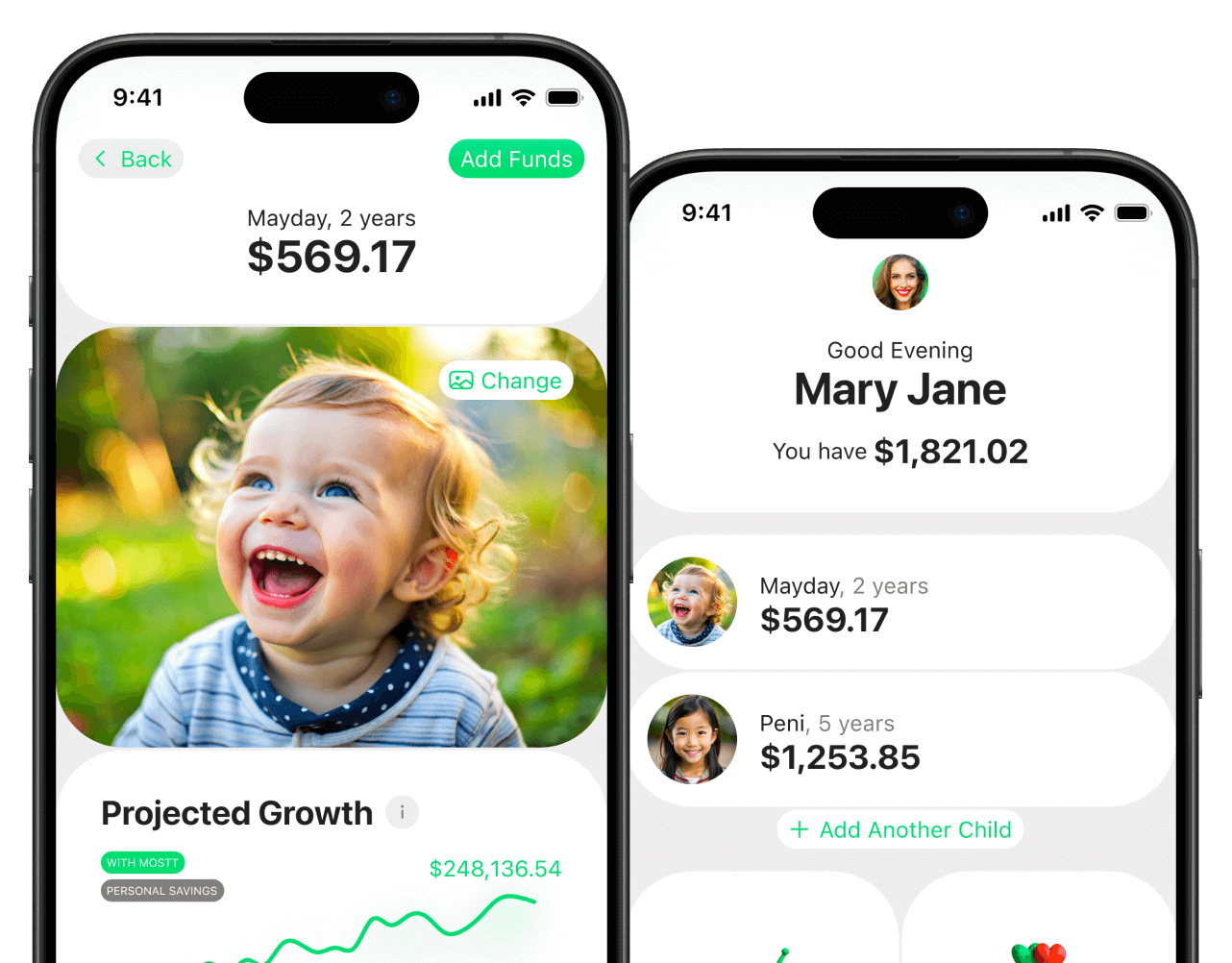If you’re like most parents, you’ve probably had this thought: “How do I teach my child the value of money without just handing it to them?”
Allowances are helpful, sure. They teach responsibility and give kids a sense of ownership. But let’s be honest — an allowance doesn’t prepare kids for the real financial world. Money doesn’t just show up in your bank account for existing. It comes from work, creativity, and initiative.
That’s why so many parents are looking beyond allowance and encouraging their kids to earn their own money in more realistic, meaningful ways. And the best part? With the right guidance, kids can do more than just spend what they make — they can learn to invest it.
Let’s explore practical, age-appropriate side hustles for kids and teens — from babysitting to digital work — and how you can help them turn early earnings into long-term wealth.
Why Earning Beats Allowance
Allowance can sometimes feel like a “money faucet” to kids. They may start expecting it, rather than connecting it to effort or skill.
Earning, on the other hand, teaches:
-
Work ethic – Money is tied to effort, reliability, and value.
-
Problem-solving – Kids learn to meet a need or offer a service.
-
Entrepreneurship – They practice thinking like business owners, even on a small scale.
-
Confidence – Few things feel as empowering as making your own money.
And here’s the bonus: Kids who earn money are more invested (pun intended) in managing it wisely. Studies show that when children earn instead of being given money, they’re more likely to save and less likely to overspend [Consumer Financial Protection Bureau].
Think of it this way: if your child earns $25 from babysitting on a Saturday night, they’ll think twice before blowing it all on fast food the next day. The connection between effort and value sticks.
Creative Side Hustles for Kids and Teens
Not every side hustle works for every child. What’s realistic for a 10-year-old isn’t the same for a 16-year-old. Here are age-appropriate options that help kids and teens build both income and confidence.
1. Babysitting (A Classic That Still Works)
Babysitting has been a teen rite of passage for decades — and for good reason. Parents always need reliable childcare, and it’s one of the first jobs where kids can earn real, meaningful money.
What it teaches:
-
Responsibility (another family is trusting your child with their most precious treasure).
-
Patience (especially if they’re dealing with toddlers).
-
Communication (keeping parents updated, setting expectations, handling emergencies).
How to start:
Encourage your teen to take a babysitting or CPR certification course through the American Red Cross Babysitting Program. Not only does this give them valuable skills, but it also sets them apart from other sitters and allows them to charge higher rates.
2. Tutoring (Sharing Knowledge)
Does your child excel in math, writing, science, or even coding? Tutoring is a fantastic way to turn school strengths into income.
What it teaches:
-
Mastery of a subject.
-
Empathy and patience.
-
Leadership and confidence.
How to start:
-
Teens can tutor younger siblings, neighbors, or kids in your community.
-
Many schools have peer-tutoring programs.
-
Parents can explore platforms like Wyzant for older teens ready to teach.
Tutoring isn’t limited to academics either. A teen who’s good at guitar, soccer, or Minecraft can coach younger kids eager to learn.
3. Pet Care (Walking, Sitting, Training)
For kids who love animals, pet care doesn’t even feel like work. Dog walking, pet sitting, or helping with basic training can provide consistent income.
How to start:
-
Begin with neighbors and family friends.
-
Older teens can join apps like Rover (with parental oversight).
-
Encourage your child to keep a pet-care journal for each animal.
Pet care also teaches responsibility and reliability — traits that will serve them in any future career.
4. Reselling & Flipping Items
This is where entrepreneurship kicks in. Reselling teaches kids to recognize value and understand markets.
Examples:
-
Flipping sneakers or vintage clothing.
-
Reselling books, video games, or collectibles online.
What it teaches:
-
Market research and negotiation.
-
Presentation and marketing (how to list items online).
-
Smart reinvestment of profits.
Start small by selling items from their own closet. Once they earn some cash, they can reinvest in higher-value flips.
5. Yard Work & Odd Jobs
Sometimes old-school jobs are still the best. Yard work, garage cleaning, or helping neighbors with seasonal tasks can put consistent cash in kids’ pockets.
Ideas:
-
Lawn mowing in summer.
-
Leaf raking in fall.
-
Snow shoveling in winter.
Pro tip: Kids can make a flyer with their name and phone number to distribute in the neighborhood. That little bit of “branding” sets them apart.
6. Digital Side Hustles (For Tech-Savvy Teens)
Today’s teens live online — so why not turn that into income?
Turning Earnings Into Investments
Making money is one thing. Learning how to make it grow is another — and this is where parents can step in to guide.
-
Set Saving Rules – Encourage your child to save 20–30% of every dollar earned. The FDIC has great resources for teaching kids savings basics.
-
Open a Custodial Account – With platforms like Mostt (brokerage services provided by Alpaca Securities), parents can invest money on behalf of their kids in ETFs, index funds, or individual stocks.
-
Teach Compound Interest – Use calculators like Investor.gov’s compound interest calculator to show how even $20/month invested can grow to thousands by adulthood.
-
Invest in Familiar Brands – Kids are more excited when they invest in companies they know — think Apple, Disney, or Nike.
By making investing relatable, you’ll help them build lifelong financial confidence.
A Parent’s Role: Guide, Don’t Control
The temptation is to micromanage — to choose the jobs, the rates, the savings plan. But the biggest lessons come when kids get to make decisions, even mistakes.
Your role is to coach:
-
Ask guiding questions.
-
Share your experiences.
-
Let them experiment and adjust.
-
Celebrate milestones — even their first $10 earned.
Building Lifelong Habits
Kids who learn to earn and invest their own money aren’t just preparing for summer jobs. They’re laying the groundwork for financial independence.
They’ll enter adulthood already understanding work ethic, money management, and investing — skills many people don’t develop until their 30s or 40s. That’s the gift of starting early.
Final Thought
Allowance is fine, but it only scratches the surface of financial education. By encouraging your child to try babysitting, tutoring, reselling, or even digital work, you’re giving them skills and confidence money alone can’t buy.
Pair those earnings with smart investing, and you’re not just giving your kids spending money — you’re giving them the foundation for long-term wealth.
Because the sooner kids learn that money is a tool — not just a toy — the stronger their financial future will be.




